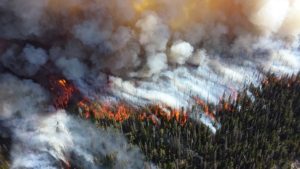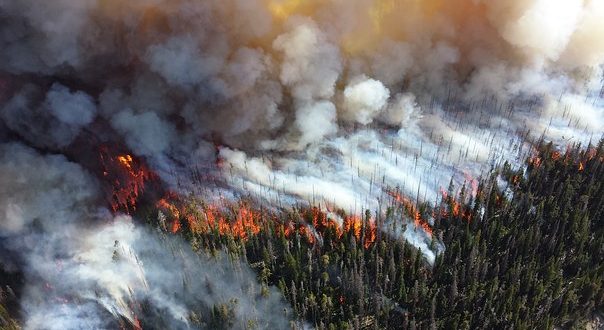Ecology of a Wildfire
We’ve seen many wildfires throughout history. People create fires and that has a direct effect on vegetation’s evolution. In areas of extended dryness, wildfires are far more common than in areas 
Due to the increased risk of wildfires, the forests and wildlife have had to adapt and evolve. In fact, some species now even depend on wildfires to survive, reproduce, and continue to grow! Here’s a look at the ecology of wildfire.
Putting Nutrients Back Into the Ground
Fire burns off the material, but the nutrients from plants will be returned back to the soil. In some cases, fires are necessary for germination. They can help to remove the snags (also known as dead trees) to create the space for the new plants and tree systems to grow.
However, it’s worth noting that post-fire seeding and logging have no beneficial effects. It’s important to allow the ecosystem to work as it does best.
Too Much of a Good Thing
Of course, like anything, there can be too many fires. While the fires help with the regulation of growth, the extra fires will lead to the creation of more desert. The plants and trees don’t get the chance to grow and form healthy habitats before the next fire takes place.
Too many fires disrupt the entire system, damaging plant communities considerably. More non-native weeds are able to grow, which puts the area at even more risk of fire. Invasive species have a chance to grow rapidly in the area where the fire was, not allowing healthy vegetation to develop. These weeds and invasive systems are extremely flammable, which puts the area at even more risk of wildfire. It’s a negative loop that needs to be stopped.
The fires also remove organic nutrients. They increase water runoff and lead to more eroding nutrients. Flash floods are more likely to happen, which causes damage to the wildlife in the area.
Damage to Agriculture Affects the Ecology
While wildfires can help with the wildlife, we’re not helping the process. We’re slashing and burning too much agriculture, especially the fire-resistant vegetation. This leads to a higher risk of continuous, damaging wildfires, meaning that the system can’t repair itself afterwards.
We’re seeing considerable damage to the Amazon Rainforest right now due to drought, slashing and burning of the agriculture, and cattle ranching practices. We could see that more than 50% of the Amazon Rainforest will be gone by 2030. What could we see in smaller areas?
Some wildfires can be good for vegetation. They help with the growth of new and healthy fauna and flora. However, too many fires will have a negative effect, and that’s where we’re at now.
